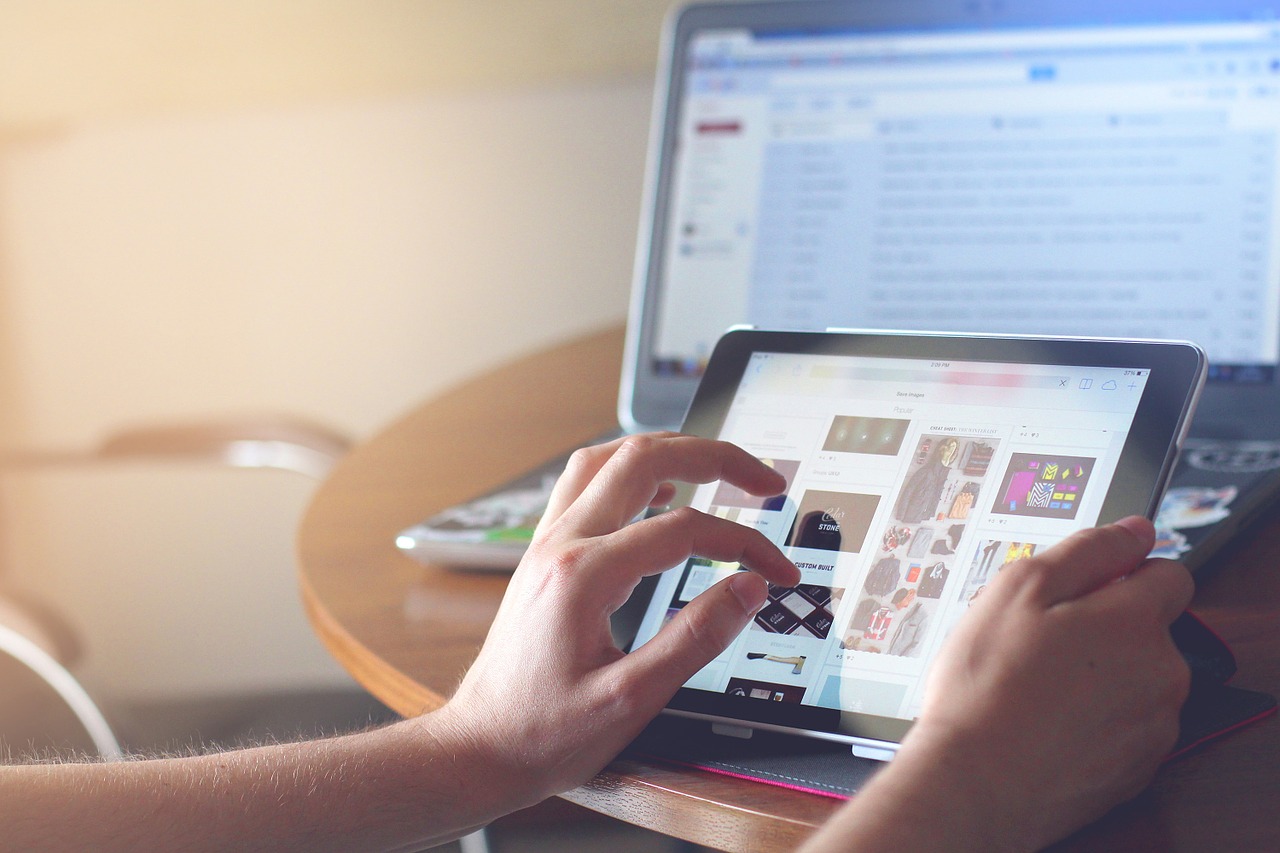[dropcap]L[/dropcap]ate last year, my cousin’s bank account was hacked after she clicked a link in a mail, offering a one-time discount for a diet program. The link led her to a website selling game pads. She closed the site and soon forgot about the experience. Two weeks later, she woke up to see a debit alert. Her lifesavings had been withdrawn while she was asleep. She is still devastated and working with the police to find the hackers, but she knows it would be like finding a needle in a haystack.
As more users browse the internet, there are rising occurrences of phishing. Whether you are on an online shopping sites, a online casino, a free movie download site to a pornographic site, you could easily become an unsuspecting victim and made to divulge your passwords, phone numbers, physical addresses and card details. Here are six things you need to be aware of to ensure that you are on the safest sites, all the time.
1. Avoid clickbaits and links to unknown sites
Look for news on verifiable sites, and avoid sensational headlines that may lure you to compromise the safety of your most important information. So, headlines like these: “Soldier Returns Home to Visit Wife, What He Sees When He Walks Through The Door Will Surprise You!” or “Man With Biggest Head Marries woman with Smallest Legs” or “There’s A Virus On Your Device, Click This To Resolve It” might just be a trap to hack into your device.
Also avoid clicking links within mails, especially when the website is unknown to you. It is likely to be a phishing site. If you receive a mail from your bank with a link in it, it is advisable to compare the URL with previous links from your bank, or simply visit the official website you are already familiar with.
2. Look out for the SSL Certificate
An SSL (Secure Sockets Layer) Certificate helps you to identify safe sites. It works by using encryption to ensure a secure connection between a server and a visitor. All you need to do is look out for HTTPS in the web address of whatever site you are on. If you’re browsing with Google Chrome, there will be a locked padlock icon just in front of the address. If you see this on an online shopping site for instance, then it’s safe.
3. Review your browser safety tools settings
Make sure you check your browser settings to ensure that you are protected from dangerous sites, and that your browsing history is not being tracked. You may also choose to permit your browser to send out information that enables detection of such sites. To do this, go to Settings>Advanced>Privacy.
4. Use an effective antivirus
A good antivirus will not just protect your device from malware, it will also protect it from harmful URLs and create firewalls to prevent your device from being hacked. These services usually come with a paid subscription, so prepare to pay a token for your safety.
5. Double-check the veracity of a website
If you’re shopping for instance, look out for a phone number and call to make sure that it is real. If it’s an online casino site you are interested in patronizing, make sure you verify the validity of the contact details listed on the page. You may also look out for a physical address and read reviews of the product or company. Never be in a hurry to shop online or release important information. You may do what I do, only shop on trusted sites like eBay and Amazon.
If you follow these tips, you will find yourself only on the safest sites. Watch out and protect your information.







